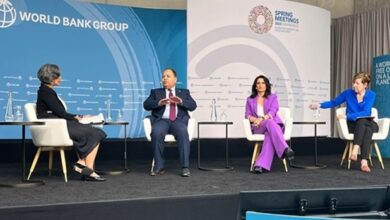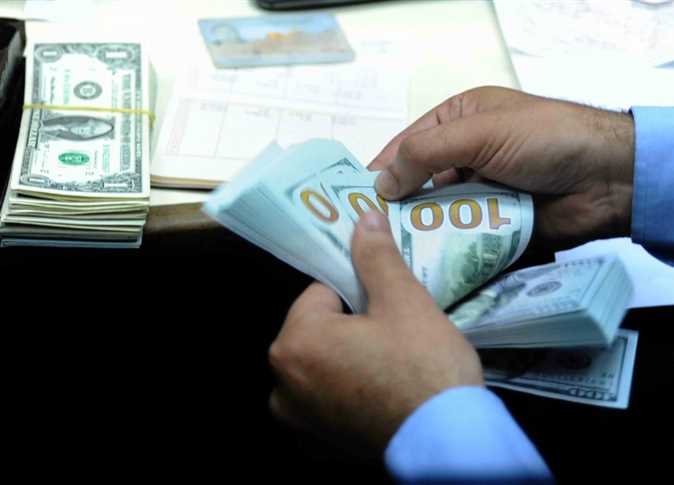
London (CNN Business) – An average 347 million people use Snapchat every day. That’s a fraction of the nearly 2 billion daily active users on Facebook, its biggest competitor.
But parent company Snap’s warning on the economy — coupled with its dismal results — is bringing down the market. Hopefulness about earnings season is giving way to anxiety about what comes next.
What’s happening: The company posted a quarterly net loss of $422 million, compared to a $152 million loss in the same quarter last year. As recession concerns grow, Snap (SNAP) is finding it hard to convince digital advertisers to come onboard.
“They are taking this time, given all of those other macro pressures, to reevaluate their priorities to ensure that they’re making the right investments in the right places,” Jeremi Gorman, Snap’s chief business officer, said on a call with analysts. “And when we talk about digital advertising, it is the easiest thing to turn off.”
Snap said it wouldn’t provide guidance for the third quarter, citing difficulties in charting the path forward.
“Forward-looking visibility remains incredibly challenging, and it is unclear how the headwinds we observed in [the second quarter] will evolve,” it said in a letter to investors. “That said, it is clear that our rate of revenue growth has slowed considerably and we must adapt our investment strategy.”
Like other tech companies, including Google and Apple (AAPL), Snap plans to slow its rate of hiring as it looks for ways to cut costs, though it also announced plans to buy back $500 million in stock.
Shares of Snap are down 30 percent in premarket trading. Peers that rely on digital advertising are getting dragged down, too. Facebook’s Meta is down 5 percent premarket, while Pinterest is off 7 percent. Netflix, which is building out an ad-supported version of its streaming service, is down less than 1 percent. The tech-heavy Nasdaq is off about 0.3 percent.
Lower advertising budgets are a “warning sign” for corporate expectations on consumer spending, said David Madden, a market analyst at Equiti Capital.
“If they feel demand is weak, they’ll curtail their advertising budget,” he told me.
Retail sales in the United States rose 1 percent in June compared to the previous month, allaying some fears that Americans would start shopping less as inflation bites. But Wall Street is worried that Snap’s results could indicate a bigger pullback is coming.
Step back: The outsize market reaction to Snap’s results sets the stage for another high-stakes period for Big Tech companies.
The stock market has had a relatively positive reaction to earnings so far. The S&P 500 is up about 2.5 percent over the past two weeks. But with five of the biggest companies in the index — Apple, Amazon, Microsoft, Google’s Alphabet and Meta — due to report results next week, more turbulence could be in the cards.
Nearly $2 trillion in ESG assets have vanished
During the market recovery from the pandemic, investors pumped billions of dollars into products that promoted good environmental, social and governance practices, buying into the promise that one could do well financially while doing good.
So-called “ESG” and responsible investing funds saw assets under management peak above $8.5 trillion in late 2021. Now, they stand closer to $6.6 trillion, according to new data from Refinitiv Lipper provided exclusively to Before the Bell.
Breaking it down: ESG investing has taken a huge hit as the broader market has sold off on concerns about the war in Ukraine and recession fears.
The big reason? ESG funds often favor fast-growing companies and technology names that are getting slammed right now, as investors turn to stocks with reliable cash flows and solid value.
An important distinction: Only a small part — 3 percent — of the decline in assets under management is because investors are bailing, according to Bob Jenkins, the head of Lipper research. Most of the drop is tied to the fall in the value of ESG holdings.
This is “by no means representative of a run for the exits,” Jenkins said.
The hype around ESG investing has taken a hit as high fuel prices fan a cost-of-living crisis, encouraging governments to ramp up discussions about securing energy supplies. But Jenkins thinks the longer-term direction of travel is still clear.
“As these near-term economic shocks subside, the very real [ESG] issues of things like climate change and equality will still be very present,” he said.
ESG assets could also be due for a rebound if investors decide prices are finally cheap enough and start hunting for deals.
The European Central Bank made history. Markets shrugged
In a bold attempt to get inflation under control, the European Central Bank on Thursday announced it would hike its key interest rate by a half percentage point.
Why it matters: That marks the first time since 2011 that the ECB has raised rates, and takes Europe’s main rate back to zero. Rates in the region have been negative since 2014.
The move, which takes effect on July 27, comes as Europe battles record inflation fanned by surging energy prices. Annual inflation in June reached 8.6 percent for the 19 countries that use the euro.
The central bank had previously indicated that it would increase rates by a smaller margin, but decided it needed to be more aggressive based on an “updated assessment of inflation risk.”
The ECB also unveiled a new bond-buying tool aimed at keeping a lid on borrowing costs in highly-indebted countries like Italy, which is embroiled in a fresh political crisis. The central bank wants to maintain cohesion within the region that uses the single currency.
The euro initially jumped on the news. Then enthusiasm waned. The currency is now trading below $1.02, giving up its gains.
Big picture: The euro’s weakness, which has been exacerbated by the strength of the US dollar, is making Europe’s inflation problem worse, since companies have to pay more for imports like energy.
The ECB’s attempt to put a lid on price increases is also complicated by the specter of recession. The central bank could struggle to keep raising rates in the event of a painful economic downturn.
See here: The flash reading of the S&P Global Purchasing Managers’ Index published Friday revealed that the euro zone’s economy contracted in July.
“With the ECB raising interest rates at a time when the demand environment is one that would normally see policy being loosened, higher borrowing costs will inevitably add to recession risks,” said Chris Williamson, chief business economist at S&P Global Market Intelligence.




